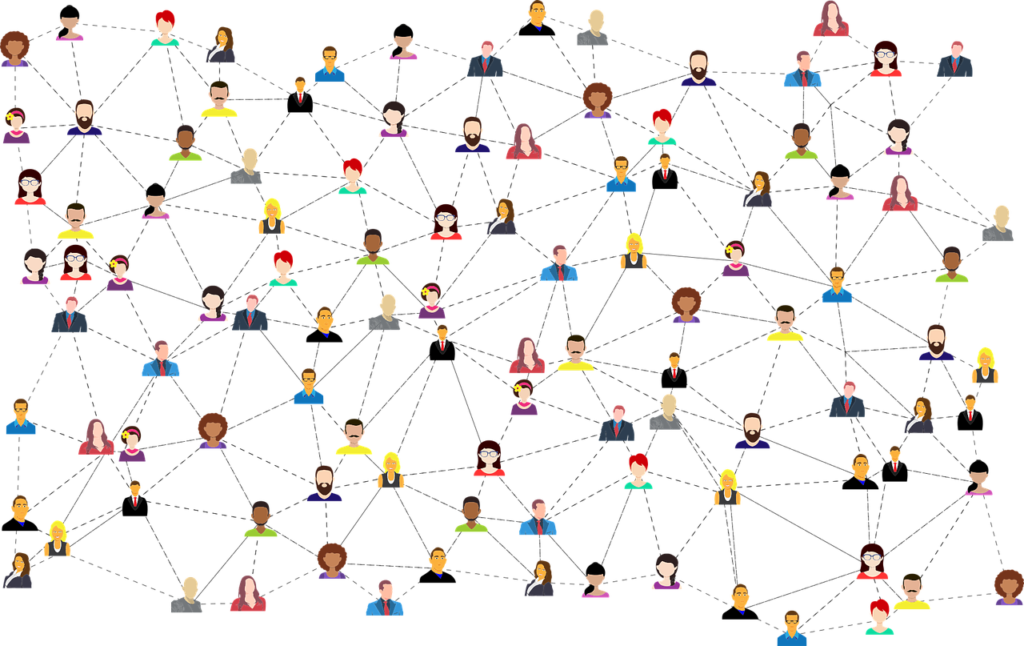In recent years, a lot of noise about autism has been made the world over in an effort to raise awareness. Yet, many of us do not fully understand it, and are unable to identify its symptoms. The main reason for this lack of awareness is that this disorder wasn’t even given a name until the last century. So, naturally, a lot of people were never correctly diagnosed or fully understood. Autism Spectrum Disorder (ASD) comprises of a range of conditions that were otherwise studied separately in the early years of research. Eugen Bleuler coined the word “autism” in the early 20th century to describe certain characteristics of adult schizophrenic patients. His research was further advanced by other psychiatrists and pediatricians. In 1943, Leo Kanner studied infantile autism in his research paper titled “Autistic Disturbances of Affective Contact”. Separately, in 1944, Hans Asperger also published his research about highly functioning autistic children. Unfortunately, all this research work was not in English and therefore, research about autism could only gain momentum in the 70’s and 80’s.

Today, according to the American Psychiatric Association, ASD is a complex developmental condition that involves persistent challenges in social interaction as well as verbal and nonverbal communication, and manifests as restricted or repetitive behaviors. The effects of ASD and the severity of symptoms vary in each person. Physically speaking, there is no difference between people with and without ASD, but an autistic person may communicate, interact, behave, and learn in ways that are unconventional for other people. Their learning, cognitive, social, verbal and motor skills and problem-solving abilities can range from severely challenged to highly gifted. Some people could even need assistance to go about their daily lives.
ASD begins to manifest itself before the age of 3 and lasts throughout life, although symptoms may change and even improve over time. While some children could show symptoms within few months of birth, others may not show any symptom until 24 months or later. Some children could seem to develop normally until around 18 to 24 months of age and then stop developing new skills. The following are some of the symptoms, or red flags, that could indicate that a child or even an adult needs to be assessed by a professional for ASD:
- Not responding to their name by 12 months of age
- Having delayed speech and language skills
- Avoiding or resisting physical contact and not being comforted by others during distress
- Flapping hands, rocking body, or spinning in circles (i.e. self-stimulation)
- Avoiding eye contact and wanting to be alone
- Having trouble being empathetic and understanding other people’s feelings or talking about their own
- Having a flat or inappropriate facial expression and using limited or no gestures in social situations (e.g. not waving goodbye)
- Not understanding jokes, sarcasm, teasing or tone of voice
- Repeating words or phrases over and over (known as echolalia)
- Becoming upset by minor changes to their surroundings or routine
- Being impulsive, hyperactive or even aggressive, including throwing temper tantrums, and having a short attention span
- Having unusual eating and sleeping habits and emotional reactions
- Experiencing lack of fear or more fear than normal

Whenever a child is diagnosed with ASD, society often gives parents dire predictions about the future whereas the child is labelled as an outcast. Many parents accept the fate of their child and adapt their lifestyle while others opt to remain in a state of denial in hopes that the child will recover on their own as they grow. The reality, however, is not as bleak and many autistic children can lead almost normal lives in adulthood if proper professional care is provided to them. Therefore, there is no need to feel dejected or hopeless. Instead, parents should develop a strong bond with their child and provide love and encouragement at every step. There is a silver lining in the cloud since autism is not a behavioral, rather a social – relational disorder where the array of underlying challenges is wide but can be overcome with some effort.
Stay tuned for our next article in this series to learn about how we can help a child with Autism Spectrum Disorder.
This article is the second in our Autism Awareness Month series. Click here to read the first article.







